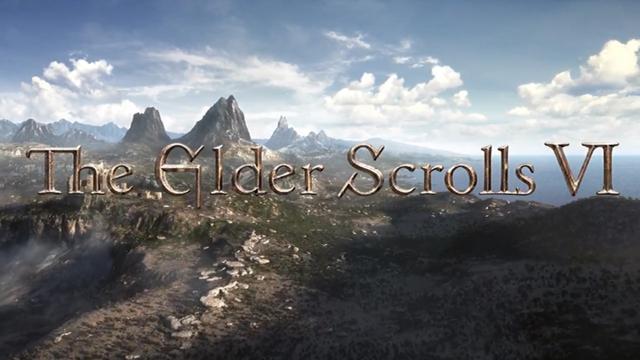How Xbox outgrew the console: inside Phil Spencer’s multi-billion dollar gamble
Phil Spencer knows the price of the smallest decisions.
It’s 2017, and the head of Xbox is in a design meeting for the Xbox One X. He’s deliberating on a motorised button. It rotates so the Xbox logo stays the right way up whether the console is sitting vertically or horizontally. The designers love it. The brand bods love it. “They never like our logo sitting sideways,” he tells us, chuckling.
The price of that little button? A single solitary buck.
“You're thinking, like, ‘it's just a dollar, of course you would do that,’” he says.

Someone else pipes up: “there's a world where we sell a hundred million of these.”
Suddenly, that’s a hundred million dollar decision.
In the end, the rotating button – described by Spencer as “just another thing that could fail” – wasn’t worth the potential cost. But 'risk averse' is perhaps the least appropriate label for the guy who started his career helming the development of the Encarta CD-ROM encyclopedia.
Throughout his seven-year tenure in charge of Xbox, Spencer has made some of the biggest moves not just in gaming but entertainment at large. Under his leadership, Xbox’s list of total first-party studios has increased dramatically, from five to 23. The spend exceeds $10 billion. That includes buying indie block-builder Minecraft for $2.5bn in 2014. And purchasing Skyrim and Fallout creators, Bethesda, for a record-breaking $7.5bn last year. He’s also overseen the creation of Game Pass – the first Netflix-esque subscription service for video games – and doubled down on game streaming technology despite having seen several competitors elsewhere flame out in ignominy. All of these monumental calls came in the wake of his inheriting 2013’s Xbox One, a console with a famously disastrous start to life.
Most of those decisions don’t weigh much on his shoulders (“I’m not much of a keep-me-up-at-night guy,” he tells me) but delaying Halo Infinite, the flagship launch game for last year’s new Xbox Series consoles, still sits heavy in his heart. “I don’t like how we did it,” he admits. “I don’t like that we showed the game, talked about it launching at the launch of the consoles. And then within a month we had moved it.”
Infinite was the big tentpole release for Microsoft’s comeback console. In Spencer’s eyes, Series X and S needed it: the original Halo defined the original Xbox in 2001. Pairing them together for another launch? Poetry. But Xbox pushed it to 2021 after reception to a gameplay showcase, just four months before its initial release, went viral. And not in a good way. As a result, Xbox launched with no major exclusive game to speak of. It was a major shortcoming compared to Sony, which launched its PlayStation 5 with no fewer than three exclusive blockbuster games. “We should have known before and just been honest with ourselves,” Spencer says. “We were there not out of deception, but more out of... hope. And I don't think hope is a great development strategy.”








